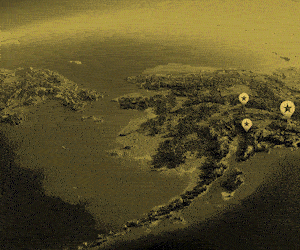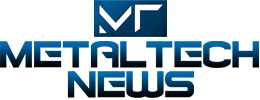Assays are still pending going into 2022
Historically long lab turnaround times threaten to weigh on 2022 mineral exploration across Alaska and Canada's North North of 60 Mining News – January 7, 2022
Last updated 2/3/2022 at 2:41pm

Freegold Ventures Ltd.
Freegold Ventures is awaiting assay results from 70% of a 38,000-meter drill program that got underway in February at its Golden Summit project north of Fairbanks, Alaska.
Assays are pending, the unofficial slogan of the 2021 mineral exploration season across Alaska and Canada's North, is a phrase that continues to echo in a void left by the lack of drill results going into the new year.
"'Assays pending' has become one of the least popular phrases around the industry this year, given the painfully slow turnaround time at the labs," Tectonic Metals Inc. President an...
For access to this article please
sign in or
subscribe.








Reader Comments(0)